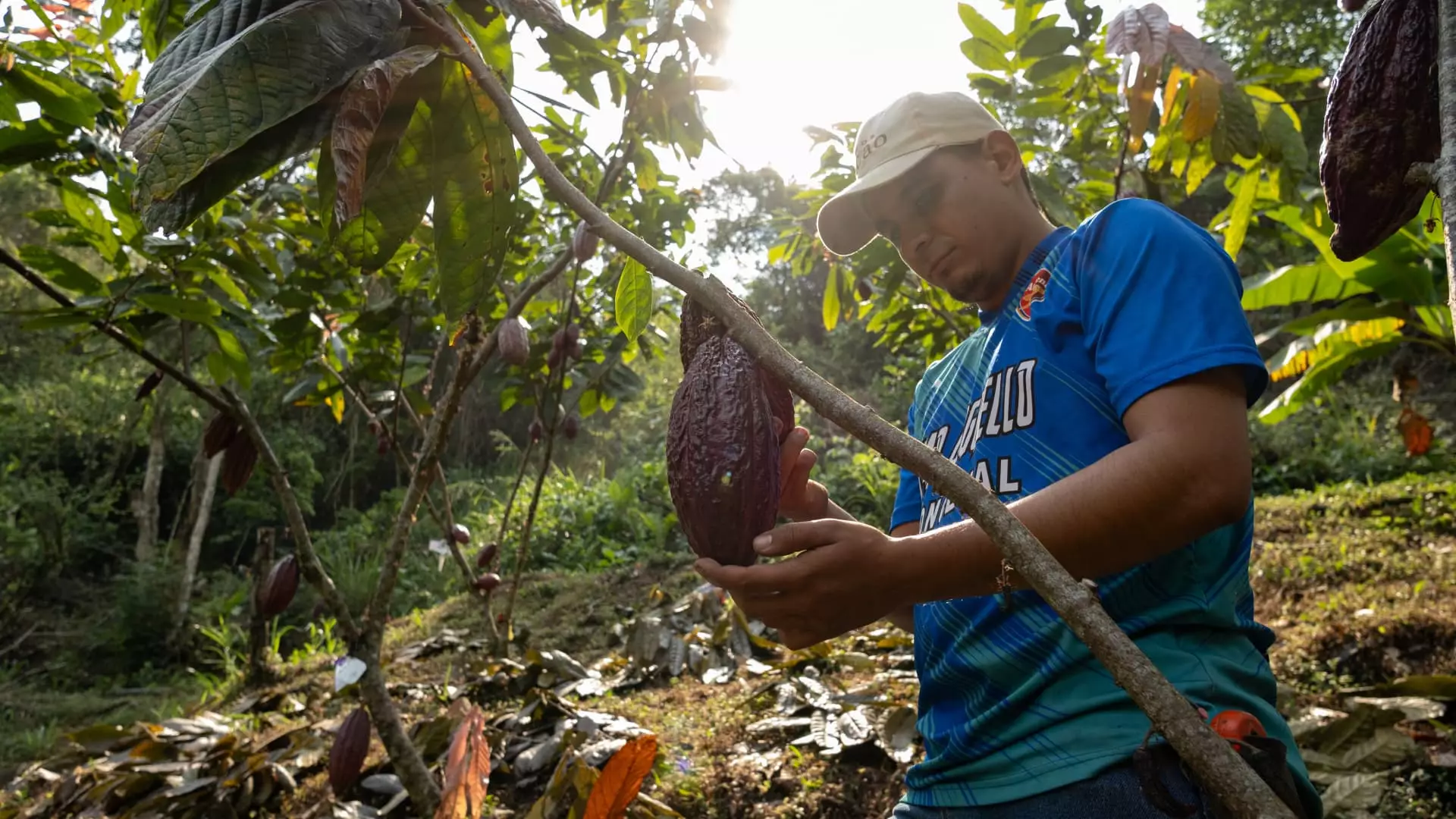The recent surge in cocoa prices has caught the attention of many investors and analysts alike, with benchmark ICE cocoa futures surpassing the $10,000 threshold for the first time and surging more than 120% so far this year. Citi, in a recent research note, highlighted adverse weather conditions and demand expectations as key drivers for the rally. However, the bank also warned of potential risks in the second half of the year, suggesting that the period between May and June could represent a turning point in the cocoa bull cycle.
Citi emphasized the importance of cocoa grindings as a measure of demand, stating that a significant contraction in first-quarter grindings data could lead to a correction in prices. The bank outlined potential scenarios where prices could stabilize between $9,000 to $10,000 per metric ton or unwind to the $7,000 to $7,500 range. Despite the current price rally, Citi remains “mildly bearish” on cocoa prices through to year-end and into 2025.
Difficult weather conditions and disease affecting cocoa production in West Africa have contributed to the recent price rally. The combination of heavy rain, dry heat, and disease in Ivory Coast and Ghana, the two largest cocoa producers, has led to supply disruptions. Additionally, El Niño-related dryness in Southeast Asia, India, Australia, and parts of Africa has further supported the rally in soft commodities like cocoa.
The El Niño phenomenon, a climate pattern characterized by elevated sea temperatures in the eastern Pacific, can lead to extreme weather patterns such as storms and droughts. These conditions have created supply concerns and contributed to the upward pressure on cocoa prices.
In addition to cocoa, coffee prices have also experienced a rally in recent months, driven by adverse weather conditions and supply disruptions. Citi highlighted the impact of a heat wave in Vietnam on Robusta coffee production, which has supported prices for Arabica beans. Arabica coffee futures with May delivery climbed above $2 per pound, setting a new high for the year.
Citi’s senior commodities strategist, Aakash Doshi, emphasized the role of adverse weather conditions and financial inflows in driving the recent price action. The bank has set short-term price targets between $1.88 to $2.15 for Arabica coffee futures through the 2024 calendar year, with the potential for further upward revisions if supply tightens.
Looking ahead, the outlook for cocoa and coffee prices remains uncertain, with factors like weather conditions, demand trends, and supply disruptions continuing to impact market dynamics. Citi’s analysis suggests that while there is potential for further growth in prices, there are also risks that could lead to corrections in the market.
Ultimately, investors and traders in the cocoa and coffee markets will need to closely monitor developments in key producing regions, demand indicators, and global weather patterns to navigate the volatility and capitalize on potential opportunities in these commodities.

Leave a Reply